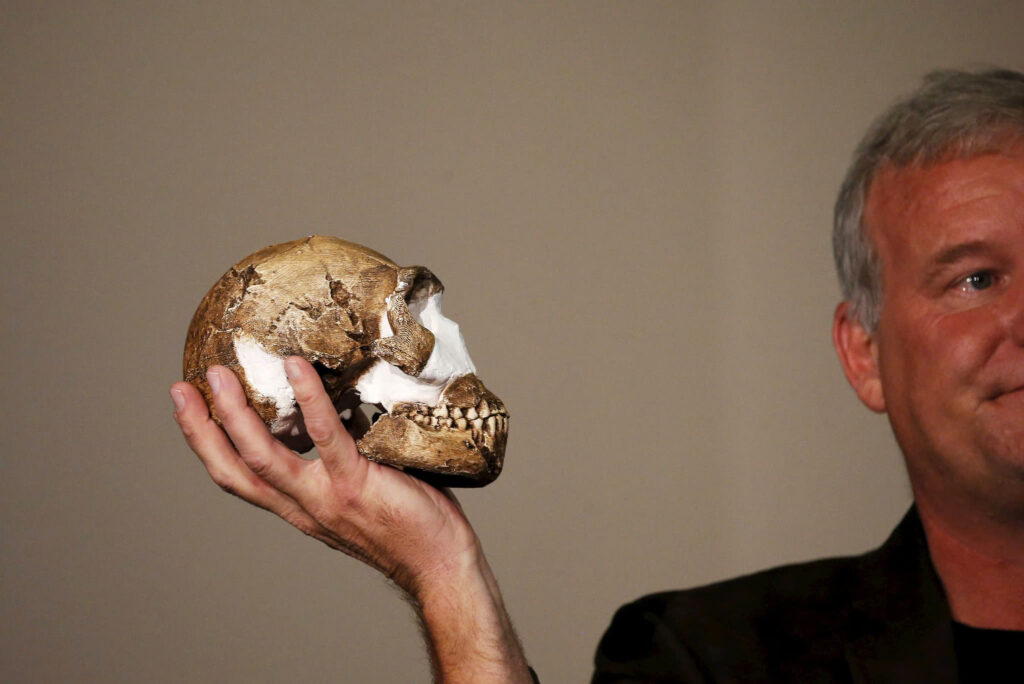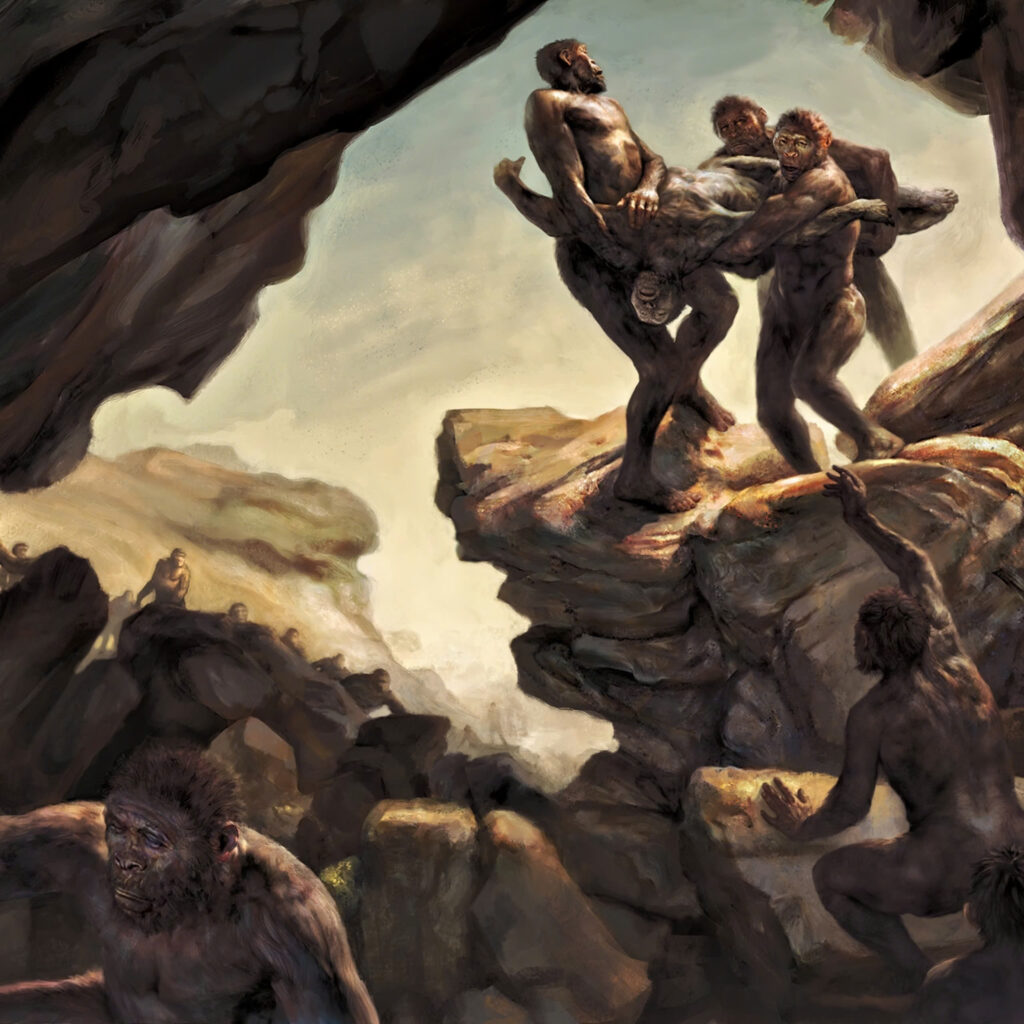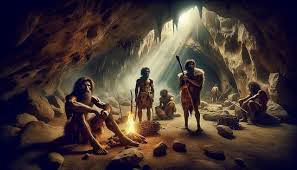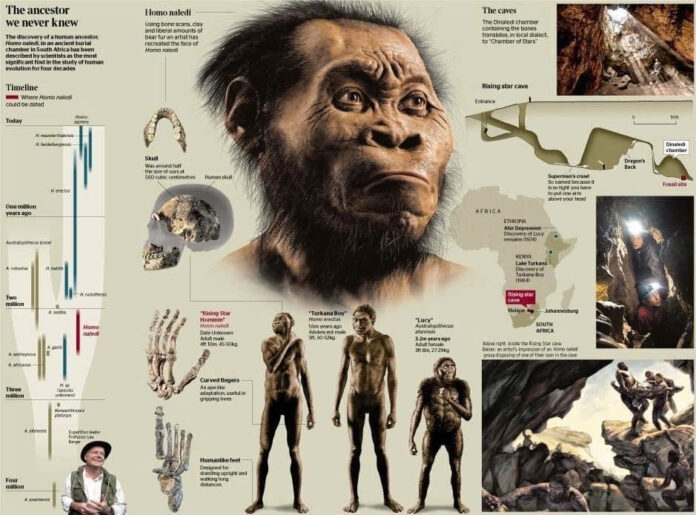Deep within South Africa’s Rising Star cave system, a groundbreaking discovery in 2013 has revolutionized our understanding of human evolution. The finding of Homo naledi, an ancient hominin species, has challenged everything we thought we knew about the origins of human culture and ritual behavior.
The Surprising Discovery

When scientists first discovered Homo naledi, they were stunned by what they found. Living between 241,000 and 335,000 years ago, this species possessed a brain merely the size of an orange – about one-third the size of modern human brains. Yet, despite their modest brain capacity, these ancient relatives demonstrated remarkably sophisticated behaviors that were previously thought to be exclusive to more advanced species like Homo sapiens and Neanderthals.
Groundbreaking Burial Practices

Perhaps the most astonishing aspect of the discovery was evidence of deliberate burial practices. Deep within the challenging terrain of the Rising Star cave system, researchers found carefully arranged bodies in fetal positions. This practice predates known human burials by at least 100,000 years, suggesting that the concept of honoring the dead emerged far earlier than previously believed.
Beyond Burials: Signs of Advanced Culture
Ancient Art and Symbolism

The cave walls held another surprise: intricate carvings dating back approximately 335,000 years. These engravings, potentially among the oldest known forms of rock art, suggest that Homo naledi possessed the capacity for symbolic thought and abstract communication. The similarities between these carvings and early rock art created by Neanderthals and Homo sapiens hint at a shared cultural heritage that stretches deep into our evolutionary past.
Challenging Scientific Assumptions

The discoveries at Rising Star cave system have forced scientists to reassess long-held beliefs about cognitive evolution. The traditional “big-brain hypothesis” – which suggested that sophisticated cultural practices were directly linked to brain size – now faces serious challenges. Homo naledi’s ability to perform complex rituals and create symbolic art despite their small brain size indicates that cultural sophistication may have evolved independently of brain volume.
The Rising Star Cave: A Window to the Past
The cave system itself adds another layer of intrigue to the story. Located near Johannesburg, its narrow, difficult-to-navigate passages make the presence of intentional burials even more remarkable. The effort required to transport bodies through these challenging spaces suggests that these rituals held deep meaning for Homo naledi communities.
Implications for Human Evolution
Redefining Human Identity

This discovery has profound implications for our understanding of what makes us human. The presence of ritual behavior, artistic expression, and symbolic thinking in Homo naledi suggests that these quintessentially human traits may not be unique to our species. Instead, they might be part of a broader spectrum of behaviors shared across our evolutionary family tree.
A New Perspective on Cultural Development

The story of Homo naledi demonstrates that the roots of human culture run deeper than we ever imagined. Their sophisticated behaviors challenge us to reconsider not just when, but how human-like cultural practices emerged. These findings suggest that the capacity for ritual and symbolic thought may be an ancient inheritance, shared across multiple hominin species rather than a recent development unique to modern humans.
Conclusion: The Continuing Story

As research continues at the Rising Star cave system, each new finding adds another piece to the puzzle of human evolution. The discovery of Homo naledi has not only expanded our knowledge of our ancestral past but has also prompted us to question fundamental assumptions about human uniqueness and the origins of cultural behavior. Their story reminds us that the journey of human evolution is far more complex and fascinating than we once believed, with many chapters still waiting to be uncovered.

